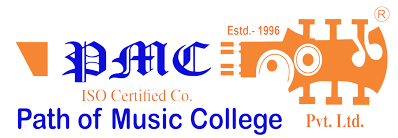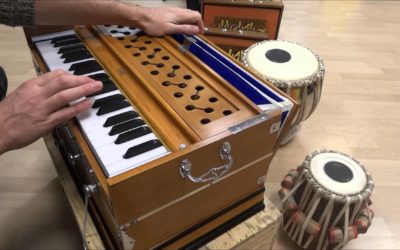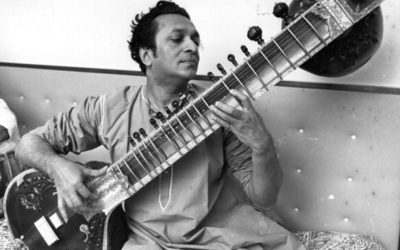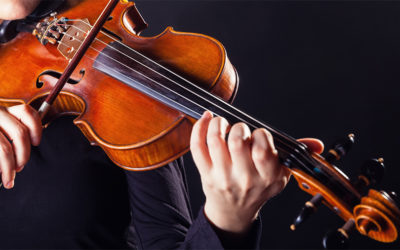The Indian tabla, a two-piece percussion instrument, is the principal rhythmic accompaniment to most North Indian classical (namely khyal) and light music. It is said to have its origin in the two-faced drum called mridangam (used in South Indian music) and the pakhawaj (used in the accompaniment of the north Indian genres dhrupad and dharma). In her book, ‘The Tabla’, Rebecca Stewart traces the word tabla, to the Arabic word tabi, a generic term meaning drum. Although the construction of the instrument is similar to kettle-drums that were in use for centuries, the first visual images of an instrument similar to the tabla can be traced only to 1808. The instrument in its current form is probably less than a century old.
The Tabla consists of two upright drums that are played with fingers and palms. Each drum sits on a ringed base of padding. Tablas are arguably the most complex drums in the world. Each head contains three separate skins. The smaller drum, slightly conical in shape, is called tabla or Dayan (literally right) is generally played with the right hand. It is made of hollow rose or oak wood. The top of the drum is covered with a stretched, layered leather membrane held in place by leather braces. The wooden pegs between the braces and the drum adjust the tension in the braces, thus controlling the pitch of the instrument. The black spot, found in the tabla’s centre is made from a semi-secret mixture of carbon black, mucilage, and iron filings gathered by tabla wallas (makers) from the sides of Indian railway lines. The mixture is rolled up into a sticky ball and applied as many spiral layers until it builds up this unique black spot. Please remember, this black spot and the tabla skins are very delicate, never hit a tabla with a stick – it is a hand drum only. The Dayan is tuned with a metal hammer by lightly striking the periphery of the top membrane or tapping the wooden pegs. It is usually tuned to the tonic note of the performance.
The larger rounded drum called the duggi or the bayan (literally left, since the instrument is generally played with the left hand) has a body consisting of either clay or, more commonly in modern tablas, metal (nickel-plated brass, brass, copper or aluminium). The top is covered with a leather membrane held with thongs and, like the dayan, is also adorned with a round black patch. The baya has a larger diameter than the daya and provides the bass. The tabla player’s index, third, and fourth fingers, as well as the palm and heel of the hand, strike the surface of both drums to generate the rich treble and low bass tones that make up the tabla bols (percussion notes). Combined, the Dayan and bayan can produce an extraordinary array of sounds (more than 20) and rhythms in the hands of accomplished tabla players.
It is now only in India that one finds so much handwork involved in the making of musical instruments. In the rest of the world instruments are generally mass produced by the machine with hand-crafting of instruments being the very expensive exception.
In India, individual hand making of instruments is the normal tradition and very little machinery is involved except for rough preparation work. Quite how long this traditional approach will continue is unknowable as India is modernizing quite quickly. Today, when one buys a good quality Indian instrument, whether it be the sitar, tabla, harmonium, or something else, one is purchasing the product of one particular craftsman’s genius and life’s work. This is why every instrument is truly an individual work of art.





0 Comments